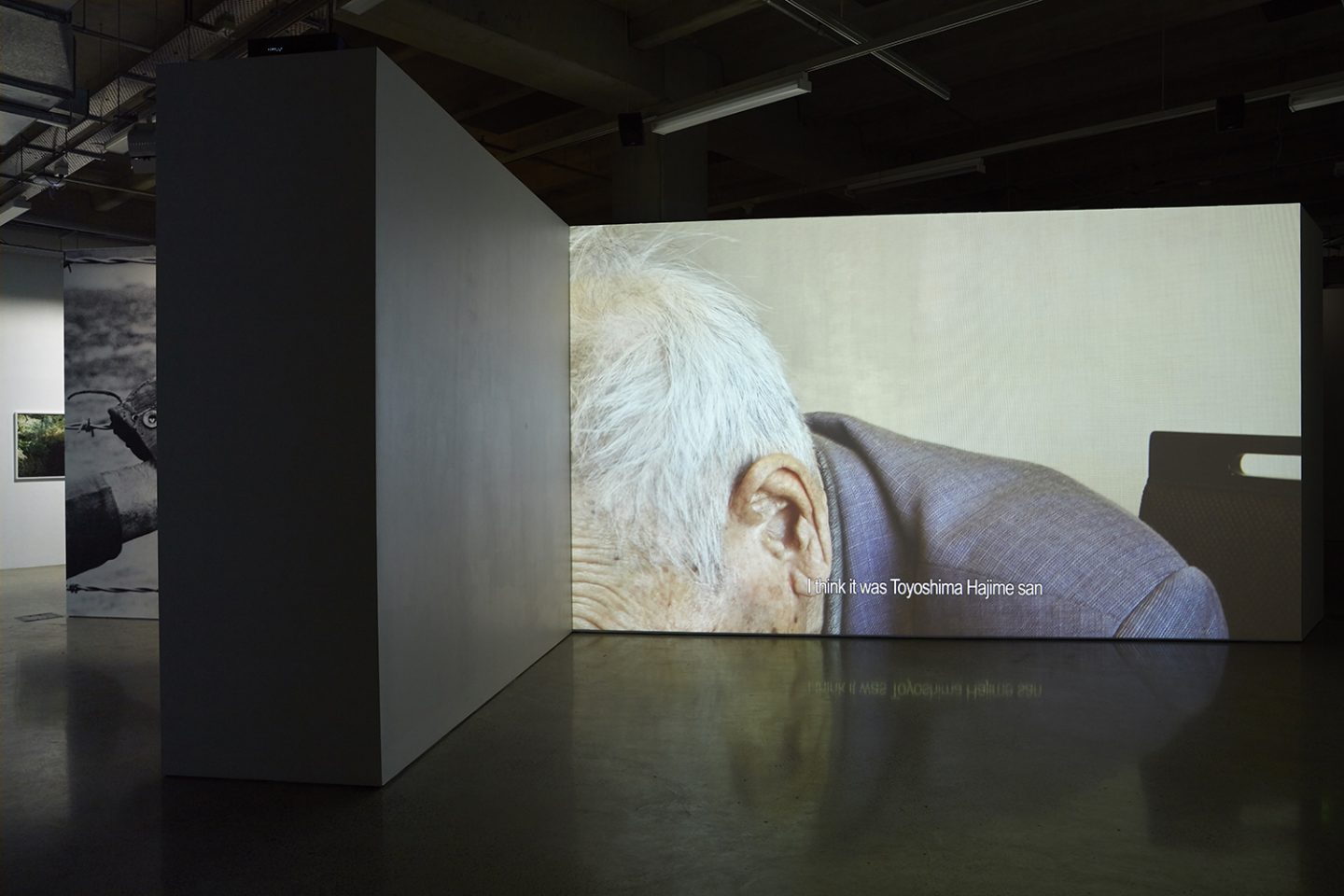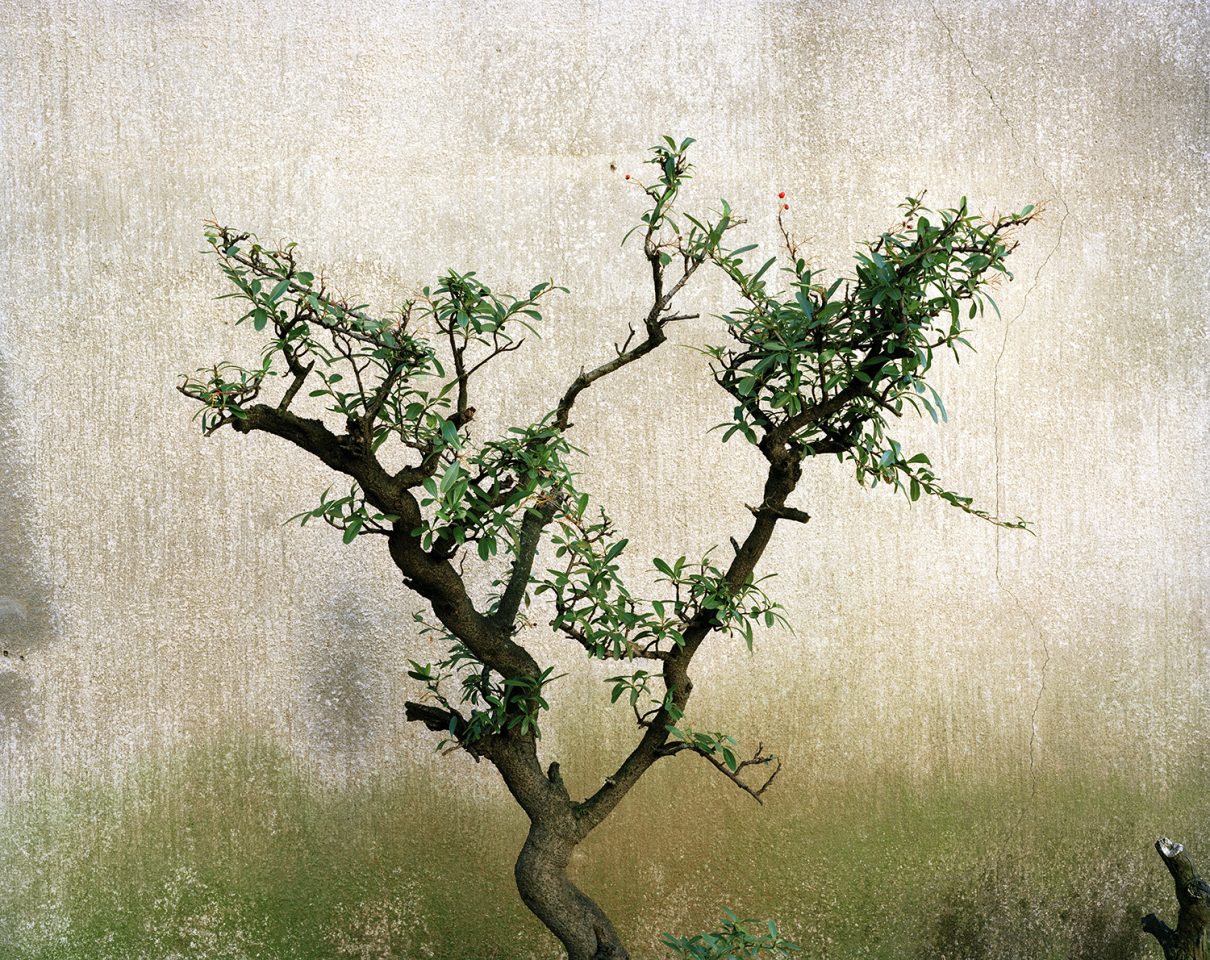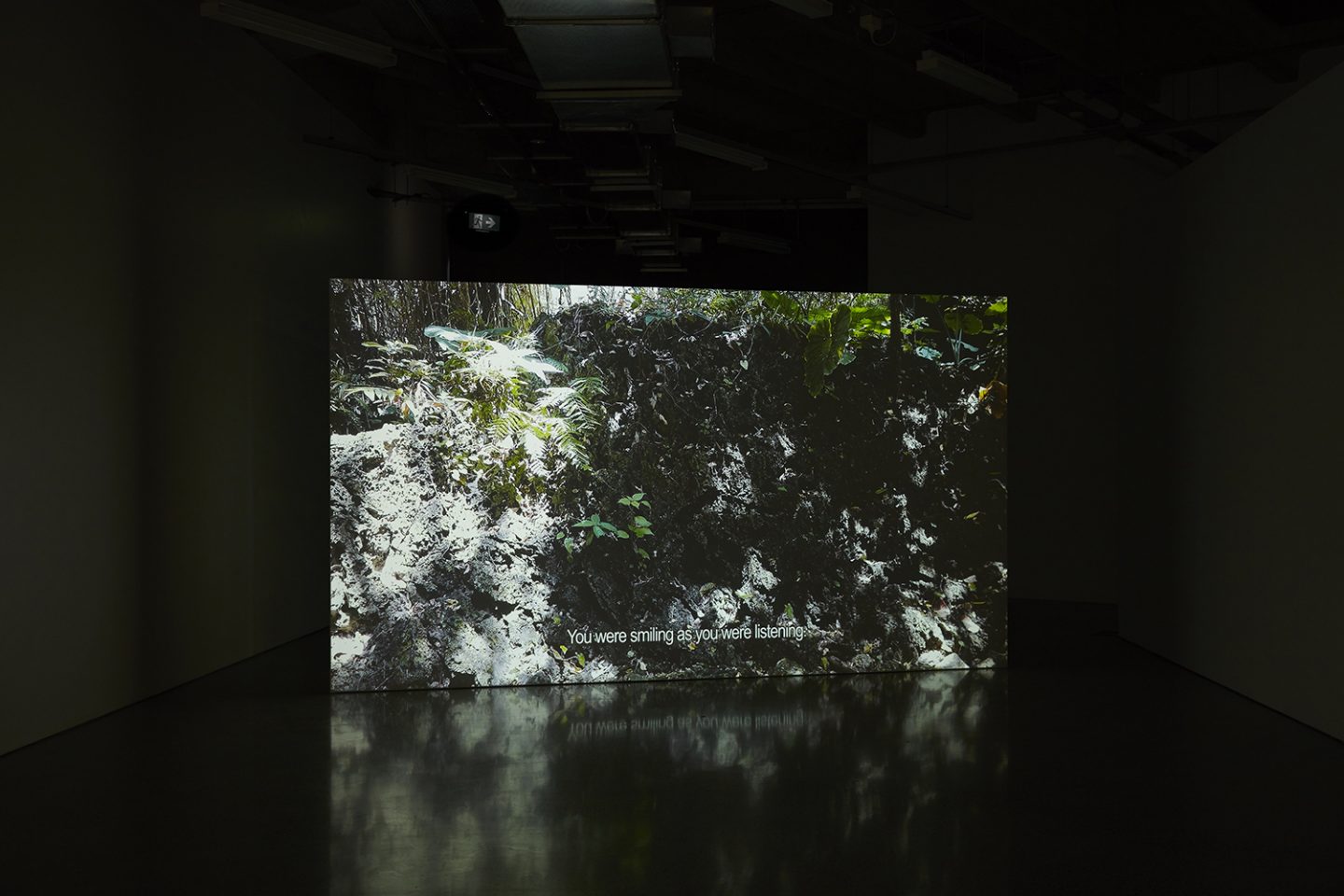Y02Social Dive (International)
Our Remaining Breath
Fiona Amundsen
- Area
- YANESEN・Nippori
- Period
- 2021.08.20(Fri) - 09.05(Sun)
- Hours
- 11:00-18:00
- Venue
- Miraiteiban Kenkyu-Jo
- Others
Passport
<Tokyo Biennale 2020 SOCIAL DIVE Artist-in-Residence Projects>
“Our Remaining Breath”, brings together three seemingly unrelated practices—rakugo, filmmaking, and zanshin. The project seeks to combine these practices in order to explore modalities for remembering and connecting with histories, related to Japan’s imperial war efforts, that shape present-day society. The project works with local witness testimonies, rakugo methods of storytelling (namely listening and imagination), aikido practices of connection, and video documentation.
Due to COVID-19 travel restrictions, the video component of the project has been produced in Aotearoa New Zealand (where Amundsen resides). The video comprises testimonies and video footage of the Sumida RIver and its tributaries that Amundsen has collected on previous visits to Tokyo. She has edited this footage together with American military WW2 produced archival films. In addition, the video includes a voice over which reflects on the experiences being communicated in the testimony. This voiceover is performed by 中辻拓志, who is also a rakugo performer based in Aotearoa New Zealand. The video also includes the sound of synchronised breathing which was recorded during Amundsen’s aikido training. The video aims to establish a discursive yet caring space where words, memories, and histories can remain breathing in the present. In addition to the video, there are a series of workshops which will explore what it means to remember these histories now.
“Our Remaining Breath” utilises strategies of imagination, abstraction, connection, conscious presence and listening to explore how histories reside in the present. There is a focus on how to use a camera, as well as rakugo and zanshin practices to invite intergenerational connections between those who have directly experienced Japan’s war histories, and those who breath its remains into the future. “Our Remaining Breath” aims to use past narratives as a way to think of alternatives to the growing sense of nationalism that, while present in Japan, is globally reaching.
(As of March 2020)
1: “A Body that Lives” 2017, from the exhibition “A Body that Lives” at ST PAUL St Gallery, AUT, Photo by Sam Hartnett
2: Small Tree growing near Shin-Ohasi-dori, Morishita, Koto Ward, Tokyo, 06/02/2017
3: “It Was a Cave Like This” 2018, from the exhibition “A Body that Lives” at ST PAUL St Gallery, AUT, Photo by Sam Hartnett
Artist
Fiona Amundsen (Artist, Lecturer at AUT University)
Born and living in Aotearoa New Zealand, Fiona Amundsen’s practice explores how documentary photographic and filmic images can enable a connected, active and caring relationship to the ramifications of painful historical experiences that live on in the present. She is interested in establishing relationships between specific historical events, the social responsibility of witnessing, and the ethics of documentary photographic and filmic practices. She edits declassified military produced archival imagery with her own present-day photography and filming to investigate the potential for imagery to perform a kind of visual listening and documentary witnessing of acts of colonial imperial violence, be it historical or not. Her images enable an ethical caring based in relationships of imagining over reified visibility, and listening over cognitive knowing. Fiona has exhibited widely throughout the Asia Pacific region, United States and Europe, and her writing has appeared in a selection of scholarly journals. In 2019 she was awarded a Fulbright New Zealand Scholar Award which enabled her to begin the initial research for “Coming back to Life” (2019 – ), a photo-filmic and writing project that explores relationships between military nuclear technologies, military-capitalism, nuclear environmental destruction and spirituality.
Photo by Krissakorn Thinthupthai
Venue
Location
5-9-21 Yanaka Taito-ku Tokyo
Access
・4 minutes walk from “Nippori” Station on the Keisei Line, Nippori Toneri Liner.
・4 minutes walk from “Nippori” Station on the JR KeihinTohoku Line, Yamanote Line, Joban Line.
・7 minutes walk from “Sendagi” Station on the Tokyo Metro Chiyoda Line.
Others
Inquiries
+81-3-3828-1555
www.miraiteiban.jp



